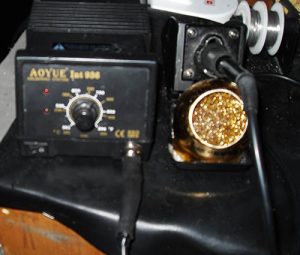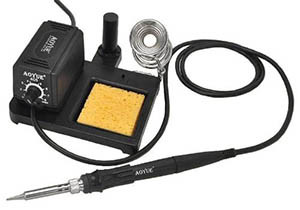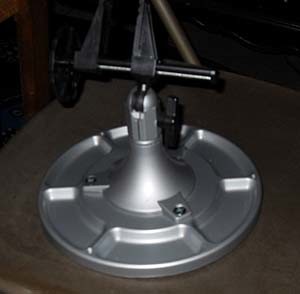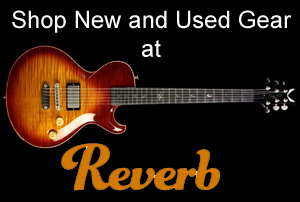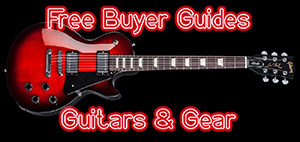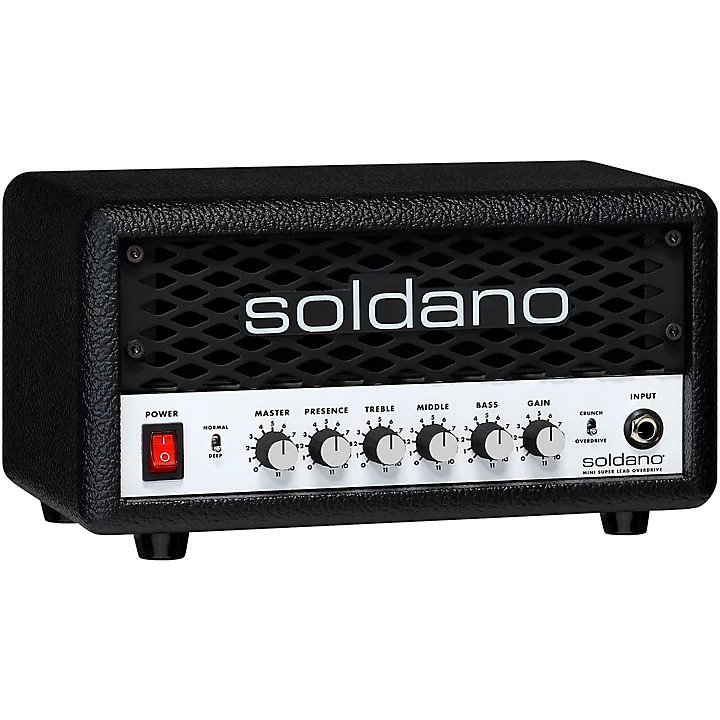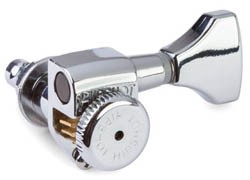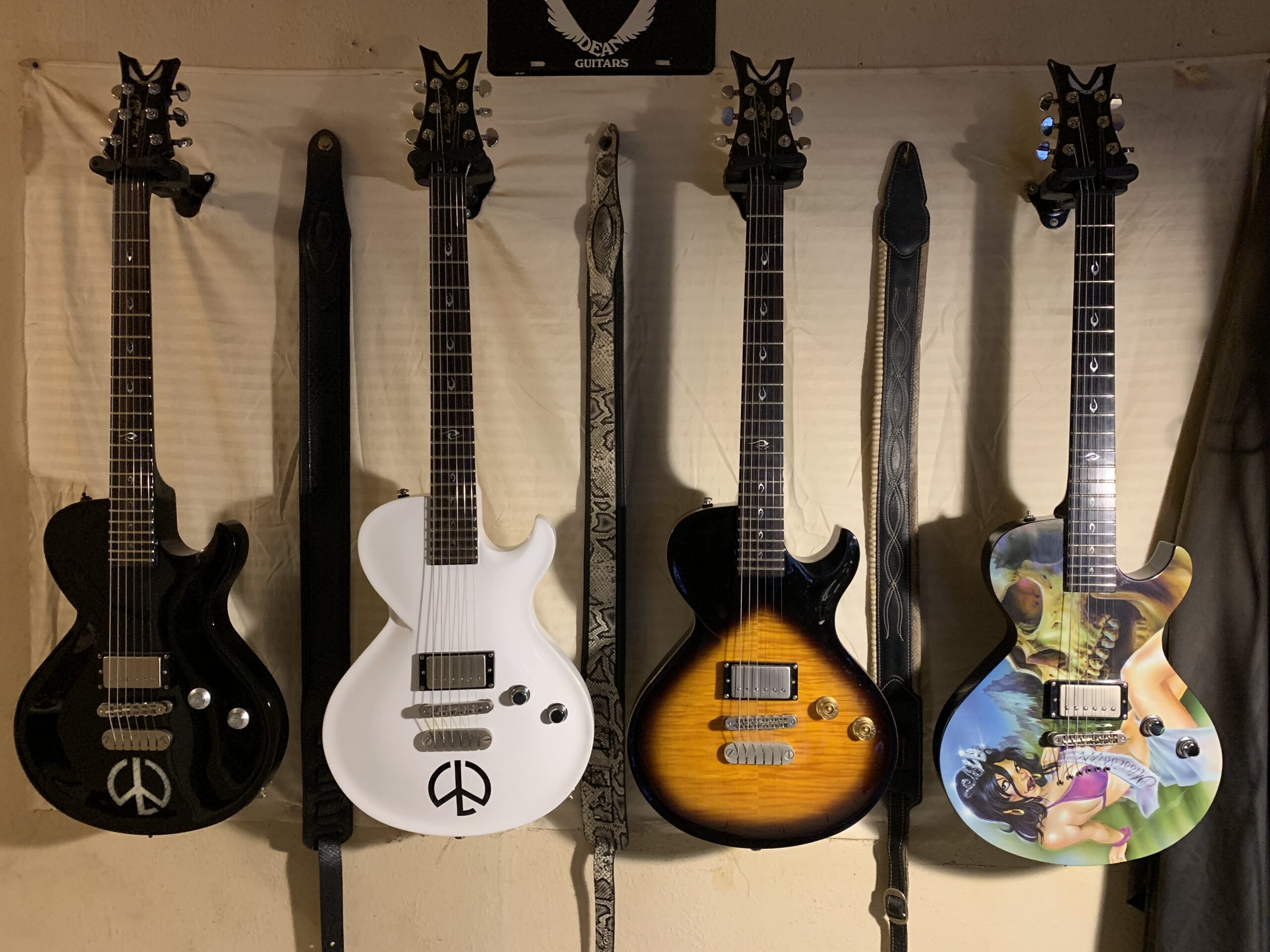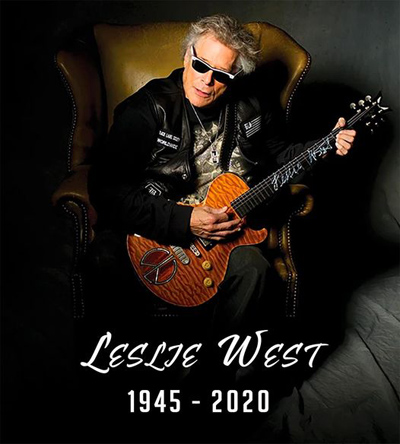
DIY Solder Equipment
When you decide to jump into the DIY world as it relates to guitar gear chances are whatever it is will involve soldering of components. Be it building/modding fx pedals or amp building/modding or hot rodding guitars you’re going to have to solder. It’s not hard to learn to solder if you have the right tools. I’ve known how to solder for many years but I wasn’t an expert by any stretch. So like most I went out and got a fairly cheap soldering iron and some solder and jumped in with both feet. I’m sure most newbies do the same. And a cheap setup will get you by, but if you get into it like I did you’ll want a more proper setup. Here’s what I found: I started off with a Weller W25 which is a decent unit but I found it not very suitable for getting into tight small areas crowded with connecting wires and other components. It was a little too big to fit without contacting and burning everything around the target area. And I think it was much hotter than I need because I ruined a few components with the heat. This is when I decided to get something better and more appropriate.
Enter the Aoyue Int 936 solder station. It looked like it would be perfect so I grabbed one (on sale $39). I’ve been using it for well over a year now and I can honestly say it’s the perfect rig for my purposes. It’s a Chinese clone of a Hakko unit and it just works. I’ve only had two issues. The calibration trimpot accessible from the front got wrenched from the PCB when I turned a little too hard while calibrating. No problem though, I just replaced it. And replacing the heating element in the iron was not fun especially after I broke the new one (they’re ceramic and kinda fragile). But another new element and a lesson learned and I was back to work. They also make the smaller model 469 which I bought after I broke my 936 but then I started missing my original unit so I fixed it and all is right with the world once more. Sorry I didn’t mean to go off topic on you. The point is in my opinion it’s better to spend a little more and get something that was designed for the task at hand. There are solder stations that will work priced from $20 to $100 with several right at $50. What you want to look for is a unit with a grounded tip (ESD safe) and
adjustable temps up to 800F. I run mine at 700F and it works for the majority of what I do. I keep a single temp iron with a fat tip for bigger jobs like soldering pickup covers to the base plate. If you’ve got the extra bucks to blow on equipment ($139), Lab 1 makes a bad-ass solder station that has an adjustable up to 12v power supply and a digital volt meter all in one desktop unit and the soldering iron specs are spot on what you need (DISCLAIMER; I have not used one personally so I am making no claims as to quality, but I’ve not seen a bad review of this unit) So there you have it. A solder station will make your DIY projects go much smoother.
Just a quick note on a few other tools you may want: I keep on hand a dental pick, several screw drivers, forceps, pliers, and a good pair of wire cutters that cut close to the surface as well as a solder pump and solder braid. All get used frequently. But something new to my arsenal is an awesome addition. I got a PanaVise. Don’t know how I ever lived without it. It’s designed to hold small circuit boards and can be rotated to any working angle. I can’t remember how many times I got frustrated because a board slid on me and screwed up a solder joint. Not a problem now. I got the smallest unit called the PanaVise Jr. Then I added the weighted parts tray base and it’s freakin’ sweet. As far as the price, it was a bit more than those “helping hands” units (you know, the ones with the magnifying glass and alligator clips) but it was worth every penny and then some. PanaVise with base was $52 compared to those helping hands which run $20 to $30. They’re better than nothing at all, but the PanaVise is top dog in this department. As for solder, I use 62/36/2 silver bearing solder in .022 thickness and it works extremely well for me. But there are others that will work as well. You just got to try em’ and see what works for you. I hope this helps and in a future article I’ll be covering some little tricks I’ve picked up along the way to make life in the DIY world a bit easier. As always, in regards to all of the above, YMMV.
Related articles
- Diy Guitar Pedals (diy-home-tips.com)
- Re: DIP plug pin repair suggestions? (eevblog.com)
- Tool kits to help you practice what you learn (londonjewelleryschool.co.uk)
- How to Hack Your Next Circuit Board Project (labs.ideo.com)
